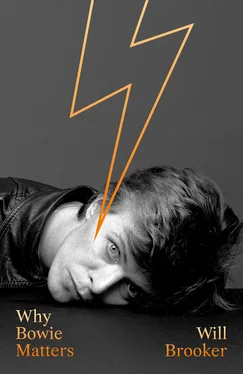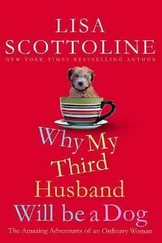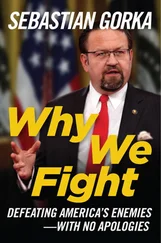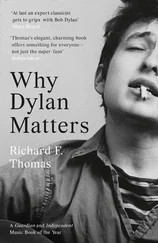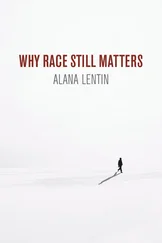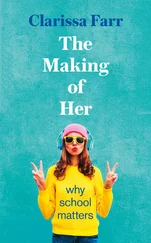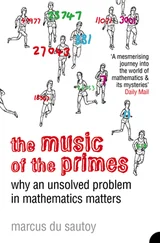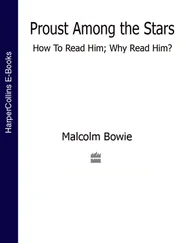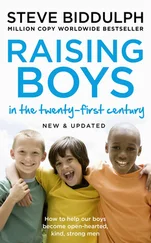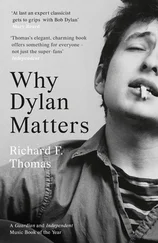And then, in January 2016, Bowie died. I was in New York City that winter, wearing a replica I’d had made of his Alexander McQueen ‘Earthling’ coat; I’d had my hair clipped and spiked, and had grown a goatee beard, as he did for his fiftieth birthday. I was reliving Bowie’s 1997 as I walked down another of his home streets – Lafayette, in Lower Manhattan – on a tour of his favourite bookstores and coffee shops. He was six storeys above me at the time, in his luxury apartment. He had a fortnight to live.
On 9 January I was back in Berlin, shooting footage for a video diary of my experiences. I’d been drawn into photography and film again; I’d also dug out my old cine camera and was using Super-8 for the first time since my teens. I flew home late that night. In the morning, the news felt like a bad dream. I did one interview, then refused the rest. I felt too shocked and sad, and had nothing much to say. That evening, I accepted an invitation from Radio 4, with director Julien Temple. We had a drink after the discussion, in a pub near the BBC with a dripping ceiling. He told me how Bowie had reacted to his half-brother’s death in 1985. (I never met the real Bowie – only my own internal Bowie – but that year, I met a lot of people who’d known him personally.)
I experienced what felt like genuine grief, as if a family member had died. Many fans felt the same: maybe you did, too. I stayed indoors, and retreated inside myself. I’d been working with a tribute band, the Thin White Duke, taking the place of their lead singer, but it was months before I performed with them again – not until May, towards the end of my research year, and by that point it felt like time for a celebration rather than mourning. The gig was packed with long-term fans in their fifties, mixed with younger people of undergraduate age. When we sang ‘Starman’ as an encore, everyone joined in. I still have the footage, panning over the crowd of faces as they chant the final chorus. It’s a picture of pure, shared joy. We were all thanking our own version of Bowie, and it felt like he was there with us.
As I approached May 2016, and the end of my project, I saw a counsellor for six sessions. I felt I needed a bridge of my own: a way to transition out of this intense research and back into everyday life. We started by talking about Bowie, and progressed to my own family, my personal history and what I’d inherited from previous generations, like my granddad in the Navy, who never talked about what he’d seen in conflict. Bowie, born just after the war, and growing up around Brixton bombsites, was about expression, creativity and release, an antidote to English repression. He was about the bravery not to care if you fitted in with the norm, about the boldness to push past your own limits. He wasn’t the best singer – Freddie Mercury soars above him on ‘Under Pressure’ – and he certainly wasn’t the best dancer. He tended to play himself, as an actor, and he was only ever an amateur painter. But he did it anyway. And, because I had to, because I’d committed to my research project, I did things I wasn’t the best at, too.
As well as taking up film and photography again, using various formats from digital to 1960s vintage kit, I experimented with painting, because Bowie did it during his Berlin period. I was surprised by how much I enjoyed it. I wasn’t very good at first, but I got better. I started going to portrait classes every week, and continued to improve. I began singing lessons, too, and while I’ll never be the best, after four years of vocal training I’m not so bad. I have folders on my computer now titled ‘painting’ and ‘singing’, where I save my own work and track its progress. I have Bowie to thank for that. I didn’t become Bowie – nobody can – but by aspiring to be more like him, I became a better, brighter, bolder version of myself.
I am a Bowie fan, but I am also a professor, and those two sides of me are bridged rather than separate. I’ve published scholarly articles and an academic book about Bowie, which were informed by both critical theory and my decades of fandom; and I became more deeply invested in Bowie through my writing and research, as I learned more about him and studied his work more closely. I even taught a class on Bowie and stardom, enjoying the way twenty-one-year-old students, who were born around Bowie’s fiftieth birthday and the Earthling album, both appreciated and criticised his star persona.
Those twin approaches – fan and academic – come together in this book. For me, critical theory and philosophy are only useful if they serve us as tools; if they offer us a new understanding and a valuable perspective. So the use of theorists like Fredric Jameson, Mikhail Bakhtin, Jacques Derrida, Gilles Deleuze and Félix Guattari in this book is not to try to elevate Bowie’s popular work to some loftier academic plane – to show that he is worthy of serious analysis and that his name can be mentioned with theirs. That, to me, goes without saying. Their theories are here as tools to give us a different angle and context for Bowie’s creative expressions, identity transitions and cultural references. They can offer us a new way of seeing, which is surely what Bowie was all about.
If you love David Bowie, you already know why he matters. You have your own reasons, bound up with moments from your own life when his songs intersected with your experiences and provided the perfect soundtrack. But this book will suggest different reasons, approaching from new directions and new angles: new ways of connecting the dots and mapping a path through the mosaic of his life.
Конец ознакомительного фрагмента.
Текст предоставлен ООО «ЛитРес».
Прочитайте эту книгу целиком, купив полную легальную версию на ЛитРес.
Безопасно оплатить книгу можно банковской картой Visa, MasterCard, Maestro, со счета мобильного телефона, с платежного терминала, в салоне МТС или Связной, через PayPal, WebMoney, Яндекс.Деньги, QIWI Кошелек, бонусными картами или другим удобным Вам способом.
